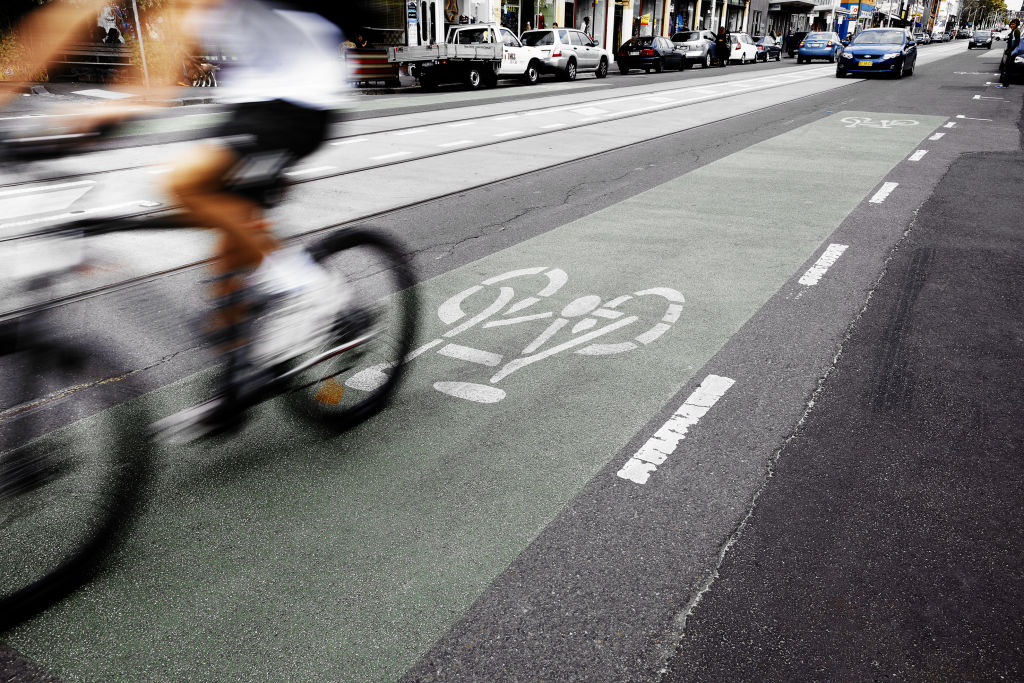
A new app encourages employees to reduce their carbon footprint on the way to work
Would you be more likely to cycle to work if your reputation as the greenest commuter in the office was at stake?
That’s what the creator of a new app called Tern is hoping. Named after the Arctic Tern, the bird with the world’s longest migration distances, Tern uses background tracking and artificial intelligence (AI) to detect when a user “active commutes” to or from work by cycling, walking and running.
“Users can review their performance stats on a leaderboard against others in your office, and see your office’s stats against other offices in your city and industry. You can watch your distance travelled and the CO2 saved in real time,” said the app’s creator Albert Still.
Mr Still, a passionate cyclist who works at Domain Group (the publisher of this website) as a software engineer, designed the app in an attempt to alert colleagues to the benefits of active commuting.
“I’ve always cycled to work, and when I moved to Sydney four years ago, I was surprised how few people actively commuted. Especially with Australia being such an outdoor and active country. For example only 2 per cent of people cycle to work in the City of Sydney,” he said.
“I started to think about how I could use tech, which is what I do at my day job at Domain, to promote active commuting. For commuters it’s fun to see your stats against others in your office and city, and it makes the whole commuter experience more social.”
But it’s not just keen cyclists or runners who can use the app. Anyone who incorporates a physical element to a section of their daily commute can qualify to log their activity.
“If you walk, cycle or run to work and travel at least one kilometre then you can clock a commute for your office! If, for example, you live far away and use the train to get to work but walk the last kilometre from the station instead of using the bus, you’ve used less CO2 and therefore this qualifies.”
Tern user Erin Campbell, an employee at Domain Group, said the app had given her incentive to be more active.
“It’s definitely made me think about the environmental benefits of riding, and so on that fourth or fifth day, when I am weighing up whether I can be bothered riding again, it does make me get back on the bike. Or in the instance when I can’t ride, it has got me walking into work instead. Also I am slightly competitive and after starting the week strong, I don’t like to fall down the leaderboard,” she said.
Mr Still is hoping other companies will adopt the app as part of their sustainability initiatives and use it as a way to encourage active commuting.
“It gives companies a platform to promote and reward the active commute. This helps companies reduce their carbon footprint and improve the health of their employees. Exercise and endorphin release before work actually makes us happier and less stressed, and this makes us more productive. Other benefits include less employee sick days and reduced parking costs.”
Domain Group is encouraging employees to download the app with an incentive program.
“They are funding raffle prizes – the more CO2 you save the more raffle tickets you earn and the more chance you have of winning,” Mr Still said.
Tern is available for free download on the Apple App Store and Google Play Store.










